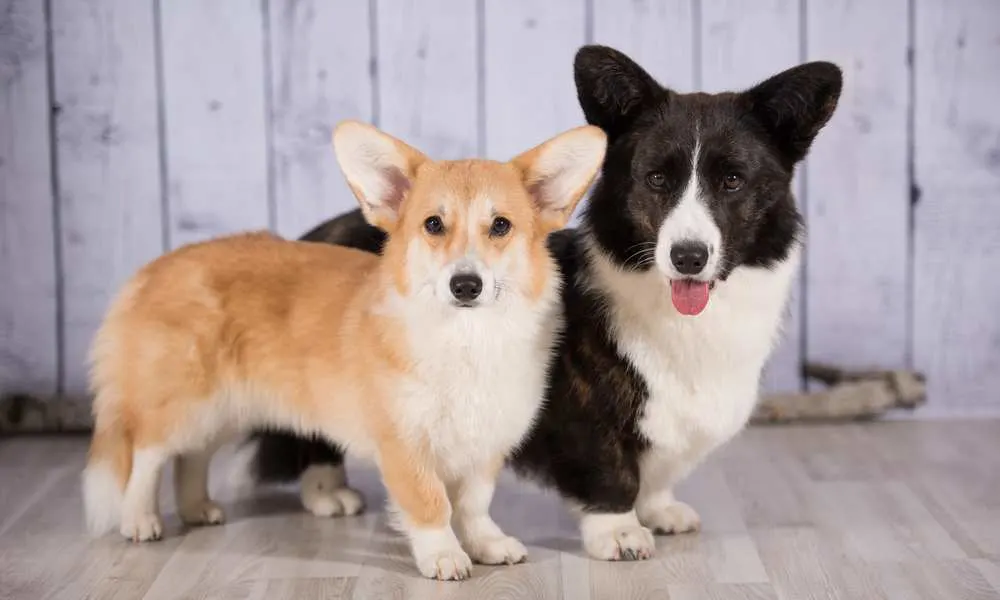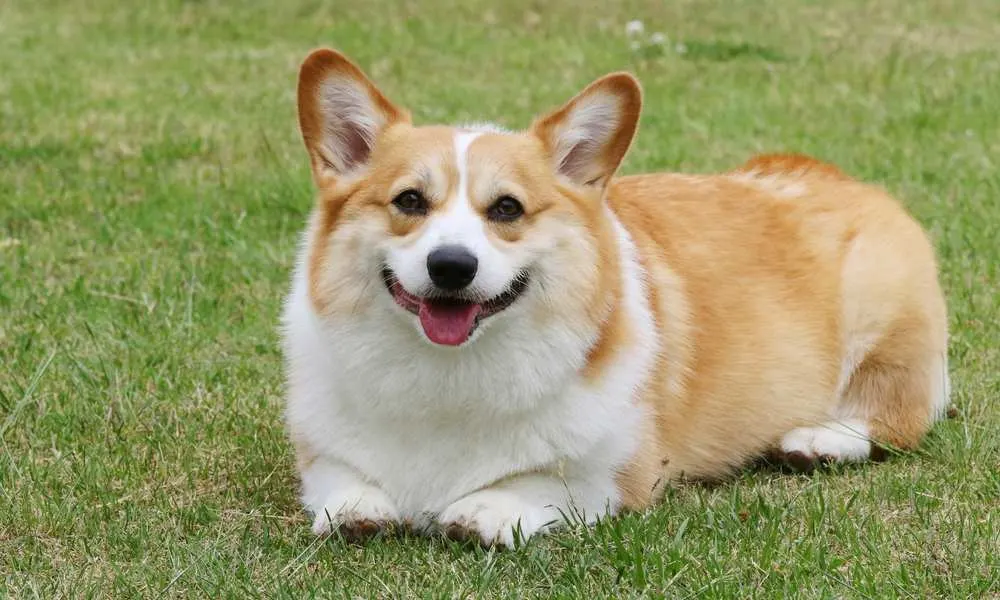General Information about the Welsh Corgi

- Group classification: Herding
- Country of origin: Wales
General Welsh Corgi Appearance
Welsh Corgis are the smallest breeds in the American Kennel Club Herding Group. They are described as being quite sturdy and athletic despite their small size. They are almost twice as long as they are tall; their pricked ears and pointy muzzle making their appearances rather fox-like. Their bodies are low, strong, and should be sturdily built so that they are able to stay active.
Because they were originally breed for herding, they are naturally athletic dogs and thus, their bodies should be well balanced with no overly exaggerated features, giving the impression that these animals could work all day if they have to, as they often did in the past.
This means that they should be able to move easily on their short stocky legs and their bodies should not be so low and heavy that they appear coarse or overdone. However, they should also not appear to be so light either, or else they would appear racy or built for only speed which they are not.
Welsh Corgis have a medium length dense double coat, meaning that their coats are double coated with a thick undercoat covered on top by another layer of longer weather resistant guard hairs. The hairs on the top coat should be dense and moderate in length, basically of medium length.
General Information about the Pembroke Welsh Corgi

- Group classification: Herding
- Country of origin: Wales
- Date of origin: 12th century
- Weight (M): 27 lb
- Weight (F): 25 lb
- Height (M): 11 – 12″
- Height (F): 10 – 11″
- Life expectancy: 12 – 13 years
General Appearance of the Pembroke Welsh Corgi
The Pembroke Welsh Corgi is often distinguished from a Cardigan Welsh Corgi by the lack of a tail. Almost all Pembroke Welsh Corgis have no tails, either having their tails docked or having been born with no tail at all, whereas the Cardigan Welsh Corgi still has its tail.
I’m personally against tail docking so if one should desire a Pembroke Welsh Corgi, especially one that fits along the traditional breed standards in that the dog should not have a tail, I suggest getting a Pembroke that is already born without a tail.
The Pembroke is also slightly smaller is size in comparison to a Cardigan and the Pembroke has rounder ears. The coat of a Pembroke Welsh Corgi varies, the color of the coat ranging from red, sable, fawn, to black and tan. All these coat colors may come with or without white markings. The general impression of this breed should be that of a bold, but kind dog that looks alert, intelligent, and interested.
For more specific breed standards, please check the official American Kennel Club website or if you are viewing this from the UK, the United Kingdom Kennel Club website.
General Information about the Cardigan Welsh Corgi

- Group classification: Herding
- Country of origin: Wales
- Date of origin: Antiquity
- Weight (M): 30 – 38 lb
- Weight (F): 25 – 34 lb
- Height (M): 11 – 13″
- Height (F): 10 – 12″
- Life expectancy: 12 – 14 years
General Appearance of the Cardigan Welsh Corgi
The Cardigan Welsh Corgi is known for being the Corgi breed with a tail. Their tails are low-set, long, and brushy. They are the ones with large, more erect ears, in comparison to the Pembroke Welsh Corgis whose ears are rounder.
The coat of a Cardigan Welsh Corgi varies, the color of the coat ranging from all shades of sable, red, brindle, and blue merle or black. Splashes of white can be found on some Cardigans’ coats, on the chest, legs, neck, tail tip, muzzle, underbelly, and even on their head while others may have black masks on, along with some ticking or freckles.
The general impression of this breed is that of a handsome, intelligent dog who looks powerful despite its small size and capable of both speed and endurance. The dog should be sturdily built, but not coarse showing that they have the ability to move in a free and smooth fashion.
For more specific breed standards, please check the official American Kennel Club website or if you are viewing this from the UK, the United Kingdom Kennel Club website.

